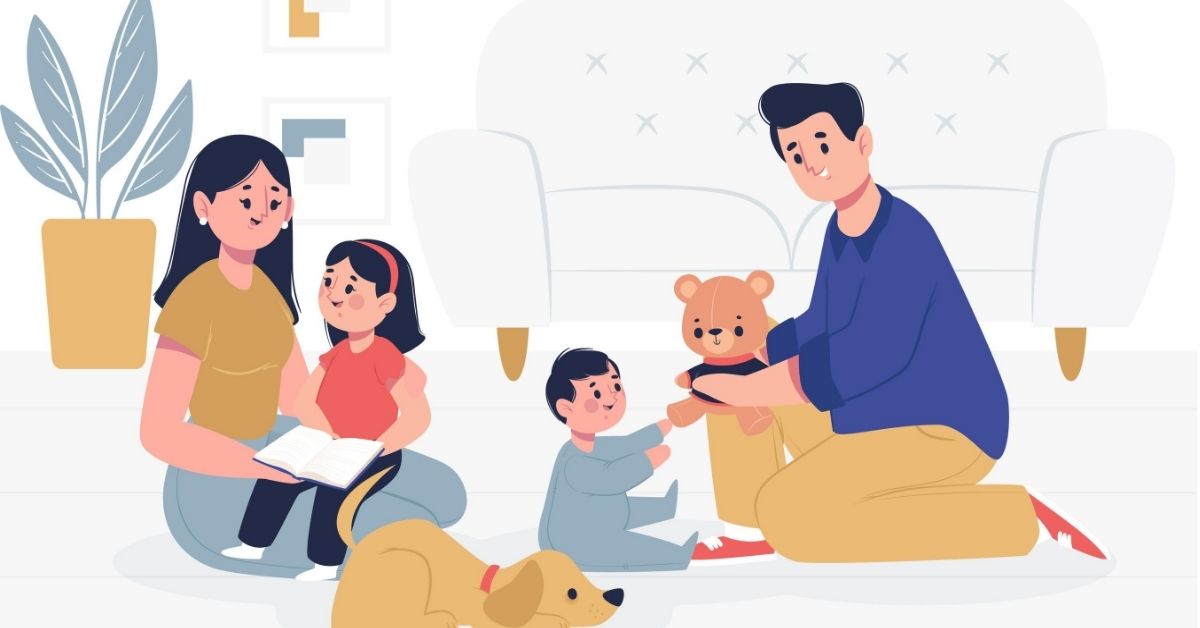When planning for a family, one of the considerations parents often weigh is the ideal timing between children. Commonly referred to as birth spacing, this concept entails waiting a certain amount of time—often recommended at least 18 months to two years or more—between the birth of one child and the conception or arrival of another. The decision is deeply personal and depends on various factors such as parental health, lifestyle, and financial readiness. However, research and anecdotal evidence alike point to a host of benefits that can arise from spacing out your children. In this article, we’ll explore key advantages ranging from physical and emotional health benefits to the development of stronger family bonds.
Physical Health and Recovery for the Mother
One of the primary reasons many healthcare providers recommend spacing out pregnancies is to allow the mother’s body adequate time to recover. Pregnancy and childbirth are physically taxing, resulting in changes to a woman’s body that necessitate rest and recuperation. When pregnancies are closely spaced, it may increase the risk of complications such as premature birth, low birth weight, or inadequate maternal health. By waiting at least 18 months to two years—or longer—mothers often have time to rebuild their nutritional reserves, strengthen their immune systems, and address any lingering health issues from the previous pregnancy. This extended period can greatly reduce stress on the mother’s body, laying a healthier foundation for the next pregnancy and ultimately benefiting the whole family.
Emotional Well-Being and Reduced Stress
Along with the physical toll, pregnancy and the postpartum period can also impact a mother’s emotional health. Hormonal fluctuations, lack of sleep, and the adjustment period to caring for a newborn can contribute to increased stress or even postpartum mood disorders. Spacing out children gives parents the opportunity to stabilize emotionally before embarking on another pregnancy. Mothers (and fathers, too) can dedicate more time to bonding with the child they already have, allowing for emotional equilibrium to re-establish. When the mother (and both parents) are emotionally prepared for the next child, the entire household can enjoy a smoother transition—minimizing conflicts, increasing patience, and improving overall family harmony.
Enhanced Sibling Interaction
A crucial aspect of deciding how far apart to space children is considering sibling dynamics. While siblings close in age can form tight bonds due to shared activities and interests, spacing them out can offer benefits that are equally compelling. Older siblings who have had more time to develop individually often take on a nurturing role when the new baby arrives. They can assist with simple tasks, understand the baby’s needs more readily, and develop empathy. Additionally, because older children have already progressed through certain developmental milestones, parents may find it easier to focus on the differing needs of each child—helping one with potty training, for instance, while guiding the other through new-baby basics. Spacing out children may also reduce sibling rivalry, as the older child has enjoyed dedicated attention and feels more secure by the time a new sibling arrives.
Financial Stability and Family Resources
Raising children is a significant financial commitment. From medical bills and diapers to school fees and extracurricular activities, the costs can quickly add up. Spacing out your children can alleviate some of the financial pressure by allowing parents to plan and save more effectively. With a gap of a few years, you have additional time to work toward promotions, build your savings, or even switch to a more family-friendly career if that suits your long-term objectives. This added financial readiness can help lower stress levels at home, enhancing your ability to provide for each child’s needs—be it health care, education, or leisure activities—without feeling perpetually overstretched.
Focused Attention and Tailored Parenting
Every child is unique and thrives on receiving individualized attention from parents. By spacing out pregnancies, parents can dedicate more focused time to each child during formative years. This can mean more quality one-on-one interactions, helping a toddler navigate developmental milestones or delving into a school-aged child’s specific interests and hobbies. When another sibling enters the picture, the older child may already be more independent, making it easier to balance parental responsibilities. This concentrated, tailored approach often fosters higher self-esteem and emotional security in children, as they understand they are each valued and heard within the family.
Healthier Relationship Between Parents
Adding children to a family is a joyful event, but it can also place strain on a marital or co-parenting relationship. Couples often find that they have less time for each other once children arrive, which can lead to tension if not managed well. Spacing out your children can give couples time to adapt to the changed dynamics of parenthood before taking on new responsibilities. During this interim period, partners can re-establish their relationship routines, reinforce communication, and share experiences with the existing child without the additional stress of a newborn. By the time the next baby arrives, the relationship foundation may be stronger, facilitating a healthier home environment for everyone.
Plan for Personal Goals and Growth
Individuals often have personal goals outside of parenting—such as pursuing higher education, advancing their career, or traveling. Waiting a few years between children can grant parents the opportunity to address some of these ambitions. Mothers, for instance, might take time to complete a degree program they started before their first child was born, while fathers could leverage the period to build professional networks or refine business skills. This sense of personal fulfillment can translate into a more balanced parental approach. When parents feel they’ve had the chance to invest in their personal growth, they may find it easier to channel energy and enthusiasm into raising children, benefiting the entire family dynamic.
Quality Over Quantity
Spacing out children does not necessarily mean having fewer children; rather, it’s about intentionally creating a timeline that makes sense for your family’s circumstances. The essence of birth spacing is strategic planning. By taking a mindful approach to when you have your children, you can direct attention, resources, and love to each child more fully. You can also preserve more emotional and physical resilience for yourself and your spouse. In this way, birth spacing is about quality over quantity—ensuring every new addition is welcomed into a stable, supportive environment.
Challenges to Consider
Despite the numerous benefits, spacing out children is not without its challenges. Some parents may feel anxious about re-entering the “baby stage” once they’ve moved past diaper changes and late-night feedings. Others worry about the potential age gap between siblings impacting their bond. Moreover, external factors such as parental age or underlying fertility concerns can also play a role in narrowing or widening birth intervals. It’s vital for couples to openly discuss these concerns, considering all angles before making any decisions. Speaking to a healthcare professional can provide additional clarity on the medical aspects of spacing, and consulting financial or career advisors may offer insights regarding long-term stability.
Conclusion
Spacing out your children is a personal, multifaceted choice that comes with a wide array of benefits. From the mother’s physical recovery to increased financial stability, from nurturing sibling dynamics to bolstering the parental relationship, the advantages are compelling. Like every parenting decision, it’s important to evaluate your family’s unique circumstances—health factors, personal aspirations, financial outlook, and emotional readiness—all of which play a part in determining the ideal interval between births. Ultimately, when approached with thoughtful planning and open communication, spacing out your children can create a family environment that is both nurturing and resilient, allowing each child to receive the love, attention, and resources they need to thrive.









